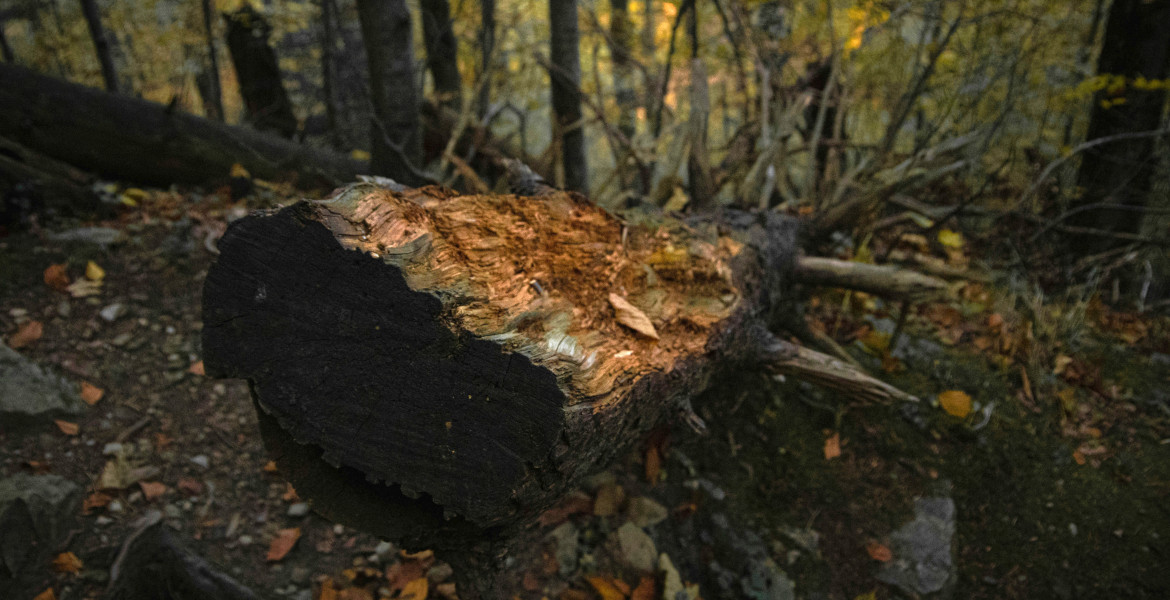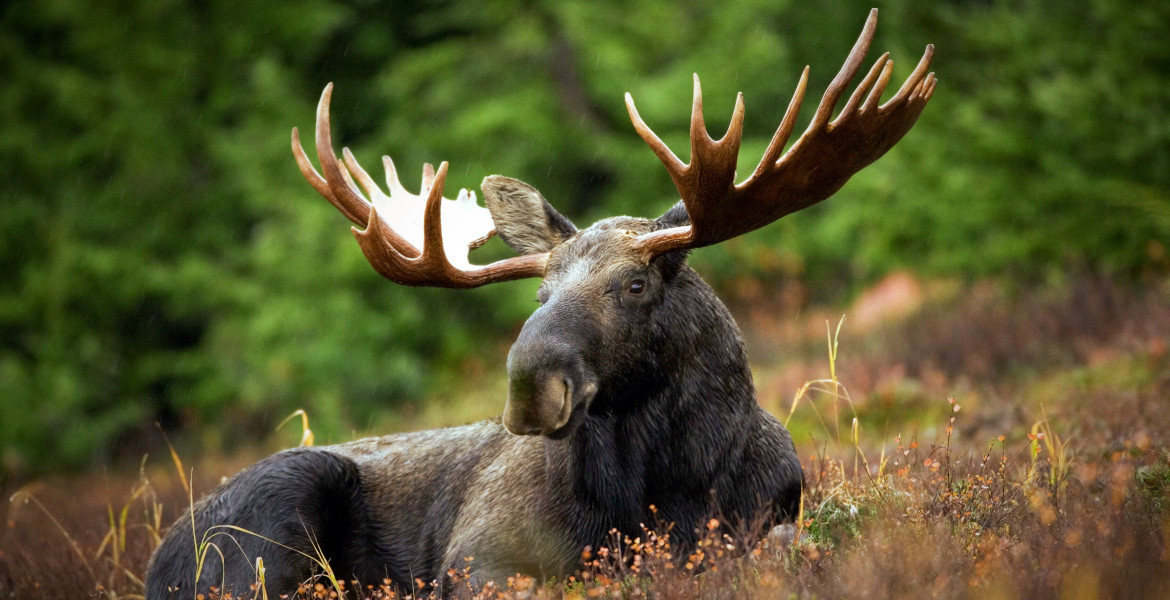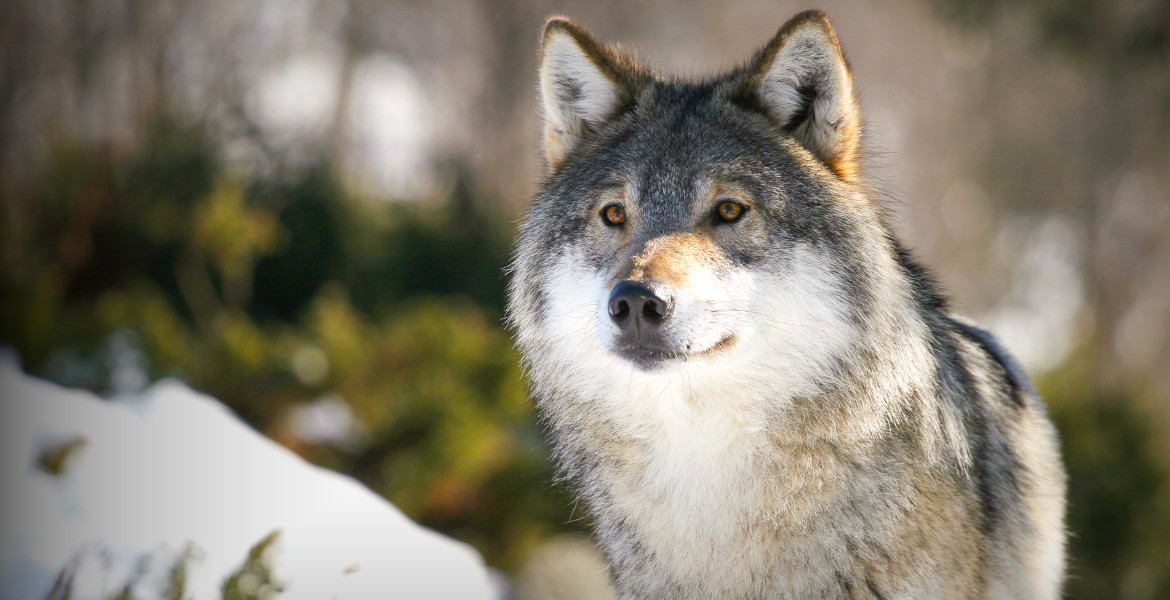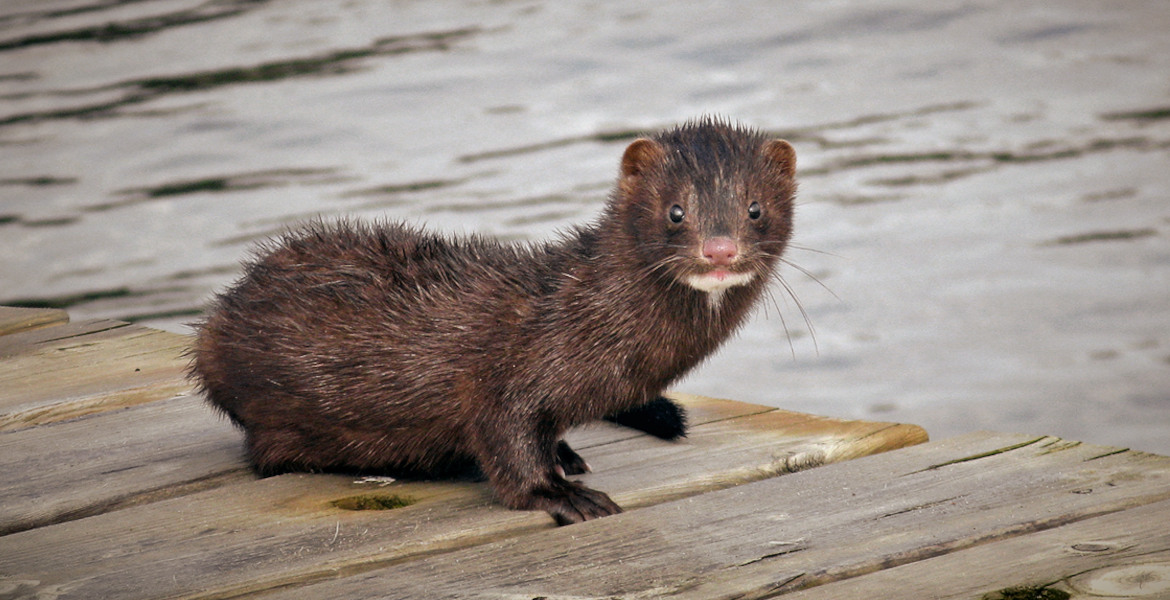About 100 miles off the coast of Chile, scientists have discovered a seamount with what they describe as completely “pristine ecosystems” and believe it to be home to at least 20 previously unknown species.
It is hoped that the area and its fauna will be further explored and also protected from pollution, commercial fishing and mining.
The team mapped a 1.9-mile high seamount, which is part of the Nazca Ridge, a seamount chain in the southeast Pacific Ocean.
The potentially new species, not yet officially confirmed, include a sea urchin, starfish and a lobster. The results will be submitted to the Ocean Census which promotes the discovery of new marine species – but a full identification of the species is expected to take several years.
The researchers also documented rare sightings of Casper squid and two rare species of bathyphysa siphonophores, also known as flying spaghetti monsters. They also managed to take pictures of a live octopus that had previously only been studied from a few dead samples.
20 POTENTIAL NEW SPECIES discovered on the #NazcaHighSeas expedition led by @schmidtocean with Ocean Census Science Network scientists. Rare squid caught on camera, and first sighting of species in Southern Pacific.
Find out more ⬇️https://t.co/odnQ4IKqtV#SpeciesDiscovery pic.twitter.com/7SG7Tz7zYD
— Nekton (@nektonmission) August 28, 2024
“Puts focus on the unknown seabed”
The discoveries are the result of a 28-day expedition to the understudied Nazca Ridge, led by the Schmidt Ocean Institute. Prior to this mission, the exact height and location of the ridge was unknown, according to the researchers themselves.
However, new technology made it possible to study the inaccessible depths with greater accuracy than previously possible, and the team used a remotely operated vehicle called the SuBastian to collect images and map the seafloor, according to NPR.
According to Jyotika Virmani of the Schmidgt Ocean Institute, only 26 percent of the seafloorhas been mapped at such high resolution, and she emphasises that each new expedition “brings into focus a little more of the unknown seabed and life on our home planet,”.
.
The Institute’s two previous expeditions to Nazca and the neighbouring Salas y Gómez mountain range, in January and February, which led to the discovery of 150 species and subspecies that were either completely unknown or had never been observed in the area before.
“Safeguarding these pristine environments”
As both mountain ranges are located in the high seas and outside the jurisdiction of any country, their ecosystems are described as highly vulnerable to the effects of alleged climate change, plastic pollution, overfishing and potential deep-sea mining.
However, under a UN treaty, yet to be ratified, the region of the Nazca and Salas y Gómez mountain ridges is a candidate to become a “marine protected area” – a legal designation that could lead to increased protection for marine life in the area from commercial fishing or oil drilling.
– Upon concluding our third expedition to the region, we’ve explored around 25 seamounts on the Nazca and Salas y Gómez Ridges, said Tomer Ketter, marine engineer at the Schmidt Ocean Institute, in the press release.
– We hope the data gathered from these expeditions will help inform future policies, safeguarding these pristine environments for future generations.








